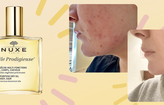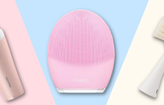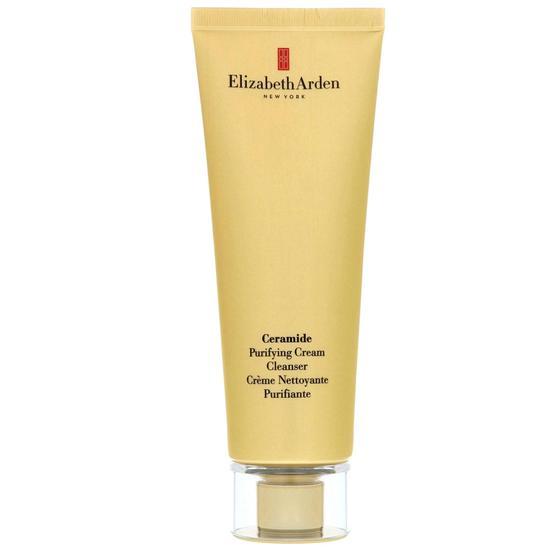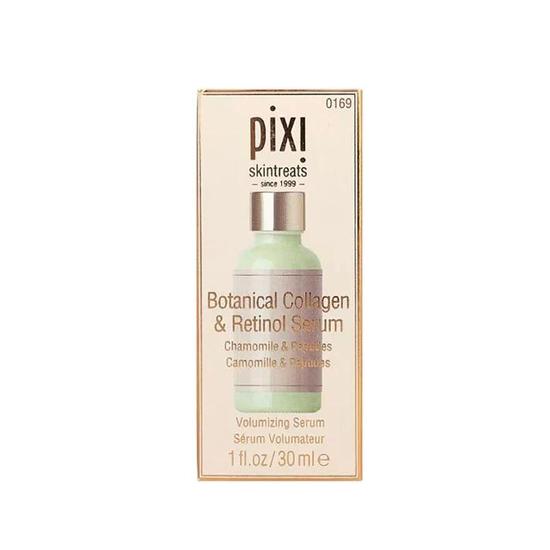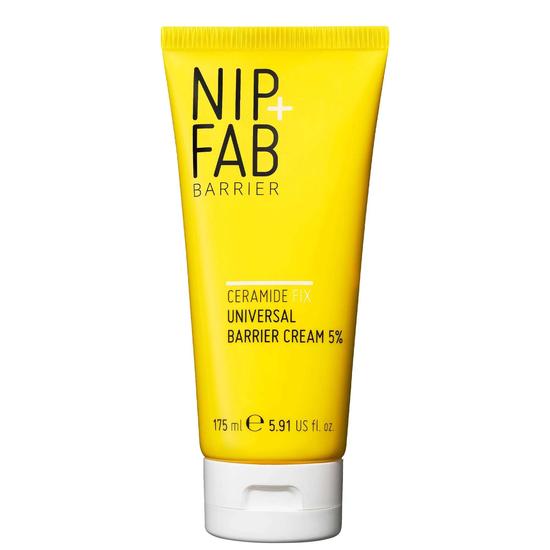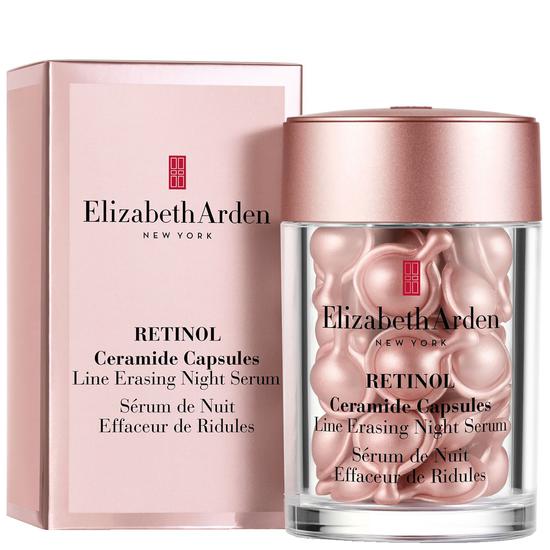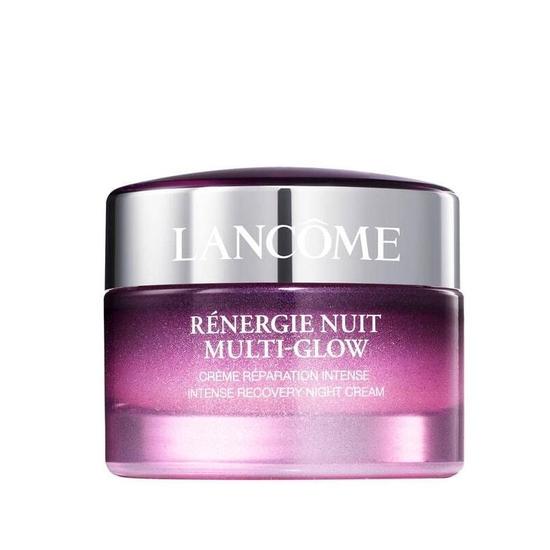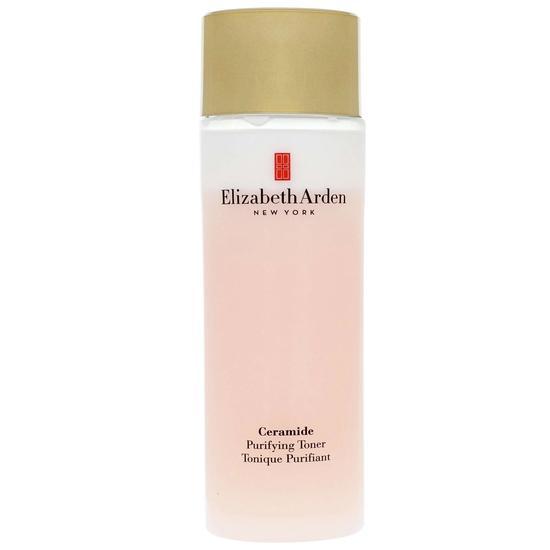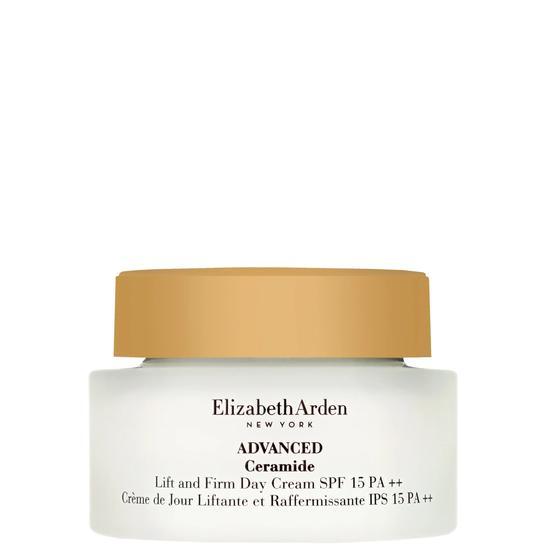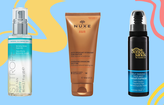
- Skin
- Ceramides With Retinol
Can You Use Ceramides With Retinol?
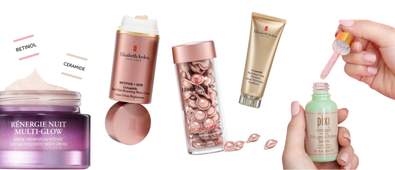
One is reparative; the other renewing—and for anyone with skin in need of high-impact restoration, this is a great pairing. Naturally found in the skin, making up over 50% of the skin barrier, ceramides are what work to maintain its firmness, plumpness and elasticity. They are great for keeping your skin protected and in top condition, particularly when strong, sensitising actives such as retinol are introduced to your routine. Whilst the retinol renews, rejuvenates and helps reduce wrinkles, fine lines, and acne, ceramides will be there to protect your skin and keep it strong and hydrated.
Can You Use Ceramides With Retinol?
Yes—this is one of the most beneficial and skin-friendly ingredient combinations you can use.
Retinol is a gold-standard ingredient for improving fine lines, acne, pigmentation, and texture. But as powerful as it is, it can also compromise the skin barrier—especially during the initial adjustment phase. That’s where ceramides come in.
Ceramides are lipids (fats) that occur naturally in the skin and play a critical role in maintaining hydration and protecting against external stressors. When paired with retinol, ceramides help buffer irritation, reduce transepidermal water loss (TEWL), and support a resilient, healthy-looking complexion.
If you’re already using retinol or thinking of starting, adding ceramides into your routine is one of the best things you can do to keep your skin balanced and happy.
👉 Already know the benefits of each ingredient?
Jump To Routine
What do ceramides do for the skin?
Ceramides make up over 50% of the skin’s barrier. They’re part of the “mortar” that holds your skin cells together—essential for keeping moisture in and irritants out.
As we age, or when we use strong actives like retinol, our natural ceramide levels can decline. This leads to dryness, flaking, and a compromised skin barrier. Topically applied ceramides help replenish these levels and restore skin health.
Key benefits of ceramides:
- Strengthen the skin barrier: Protects against moisture loss and environmental damage
- Lock in hydration: Keep skin plump and comfortable
- Reduce irritation: Soothe dryness, redness, and sensitivity
- Support recovery: Help repair the effects of exfoliants or retinoids
- Compatible with all actives: Non-reactive and safe to use with nearly everything
Best for:
- Dry or dehydrated skin
- Sensitive or reactive skin
- Skin experiencing barrier damage (redness, peeling, stinging)
- Anyone using actives like retinol, AHAs, or acne treatments
Look for ceramides in moisturisers, serums, or barrier creams—often combined with cholesterol and fatty acids for a complete “skin-identical” lipid profile.
What does retinol do for the skin?
Retinol is a vitamin A derivative that increases skin cell turnover. This helps to clear clogged pores, reduce pigmentation, smooth fine lines, and stimulate collagen production over time.
However, because it speeds up renewal, retinol can also lead to temporary irritation, often referred to as the “retinol uglies”—a phase of peeling, dryness, or redness that many people experience during the first few weeks.
This is where using barrier-supportive ingredients like ceramides can make a huge difference.
Key benefits of retinol:
- Reduces fine lines and wrinkles: Stimulates collagen and elastin
- Fades hyperpigmentation: Helps with acne marks, melasma, and sun spots
- Clears breakouts: Keeps pores clear and regulates oil production
- Improves texture: Smooths rough or uneven skin
- Long-term skin renewal: Great for both acne and ageing concerns
Best for:
- Acne-prone or congested skin
- Early signs of ageing
- Dull, rough, or sun-damaged skin
- Oily or combination skin types
Start with a low concentration (0.25–0.5%) and build up gradually over time, always following with moisturiser.
Comparing Ceramides and Retinol Side-by-side
| Benefit | Ceramides | Retinol |
|---|---|---|
| Primary Function | Strengthens the skin barrier and locks in moisture | Increases cell turnover and collagen production for rejuvenation |
| Boosts Collagen & Firmness | ⚠️ Supports firmness indirectly by maintaining barrier health | ✅ Stimulates collagen for firmer, smoother skin |
| Improves Skin Texture | ✅ Softens and smooths roughness | ✅ Refines and resurfaces skin over time |
| Fades Fine Lines & Wrinkles | ⚠️ Helps plump lines through hydration | ✅ Clinically proven wrinkle reduction |
| Restores Moisture | ✅ Replenishes lipids to prevent dryness | ❌ Can cause dryness or flaking if unbuffered |
| Strengthens Skin Barrier | ✅ Reinforces and protects against irritation | ⚠️ May weaken barrier initially |
| Reduces Irritation | ✅ Soothes and calms the skin | ⚠️ Can cause redness or peeling early on |
| Antioxidant Protection | ✅ Provides mild antioxidant defence | ✅ Helps counteract oxidative damage |
| Suitable for Sensitive Skin | ✅ Excellent for all skin types, especially dry or sensitive | ⚠️ Introduce gradually and pair with barrier-supportive ingredients |
| Best Time to Use | AM and PM – ideal before moisturiser or mixed in | PM only – follow with ceramide-rich moisturiser |
How to use ceramides and retinol together
✅ Option 1: Apply ceramides after retinol (best for most)
This is the classic layering method.
- Cleanse and dry your face
- Apply retinol (pea-sized amount for face)
- Wait 2–5 minutes for absorption
- Apply a ceramide-rich moisturiser to seal everything in
This method allows retinol to penetrate effectively while giving skin the support it needs to stay balanced.
✅ Option 2: Moisturiser sandwich (for sensitive or dry skin)
This technique helps dilute the strength of retinol slightly—ideal if you’re in the early stages or have experienced irritation before.
- Apply a light layer of moisturiser with ceramides
- Apply your retinol product
- Follow with another layer of moisturiser to lock in hydration
This method helps buffer the retinol and reduce the risk of peeling or dryness without compromising effectiveness too much.
✅ Option 3: Use ceramides both AM and PM
Ceramides aren’t just for retinol nights. Using them in your morning routine can further strengthen your skin’s barrier over time and help with long-term tolerance of active ingredients.
Unlike certain actives that can clash with retinol (like AHAs or benzoyl peroxide), ceramides are a perfect pairing. They don’t interfere with retinol’s function and instead support your skin’s ability to tolerate it.
In fact, many dermatologists encourage pairing retinol with ceramides from day one to prevent common side effects like dryness, flaking, and barrier damage.
Why this combination is so effective:
- Buffers irritation: Ceramides help offset retinol-induced dryness and tightness
- Strengthens barrier function: Essential when using exfoliating or cell-turnover ingredients
- Increases skin comfort: Makes your routine more sustainable and less frustrating
- Improves results over time: Healthy skin tolerates retinol better, leading to better long-term benefits
Looking for more nourishing retinol pairings? Take a look at our blog post Can You Use Rosehip Oil With Retinol? and check out The Best Retinol Serums For A Revived Complexion for some expert-recommended picks to add to your routine today.

Written by Maria Mukaranda
Maria’s background is rooted primarily in creative media and a love for all things written, expressed through experience both online and in print; for creative platforms spanning from music to fashion to beauty.
Top Posts

